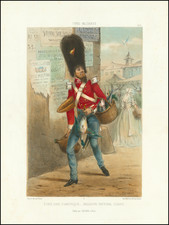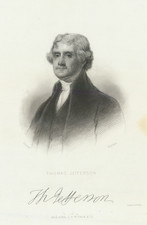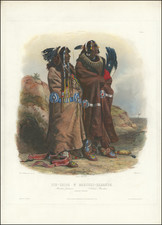This print captures a seminal event in the history of the Reformation, depicting Martin Luther in the act of burning the Papal Bull that had excommunicated him from the Roman Catholic Church. On December 10, 1520, after Pope Leo X had decreed Luther's works to be burned, Luther responded in kind by publicly setting fire to the document, an act of defiance that would cement his role in the movement to reform the Church.
This moment represents a significant break from the medieval norms of ecclesiastical authority, encapsulating the tension between emerging Protestant theology and established Catholic doctrine. Luther's actions, symbolic of his protest against the sale of indulgences and other Church practices he deemed corrupt, were a catalyst for the Reformation, which would radically reshape the religious and political landscape of Europe.
The print itself, created much later, serves not only as an artistic interpretation but also as historical commentary, reinforcing Luther's legacy. It speaks to the enduring power of the Reformation's ideas and the societal transformations they spurred, such as the decentralization of religious authority, the promotion of individual faith over institutional dictates, and the subsequent wars of religion that would sweep across Europe.
Thus, the print does more than depict a historical event; it communicates the enduring impact of Luther's defiance on the cultural and religious identity of the West, symbolizing the irrevocable step towards modernity and the enduring struggle for religious and intellectual freedom.










![[ United States General ] Etats-Unis 1863 General (Abraham Lincoln?)](https://storage.googleapis.com/raremaps/img/small/103135.jpg)
![[ Emancipation Proclamation] The First Reading of the Emancipation Proclamation Before the Cabinet](https://storage.googleapis.com/raremaps/img/small/93789.jpg)


![[ Pictish Warrior Woman ] Feminae Pictae icon V](https://storage.googleapis.com/raremaps/img/small/99648.jpg)